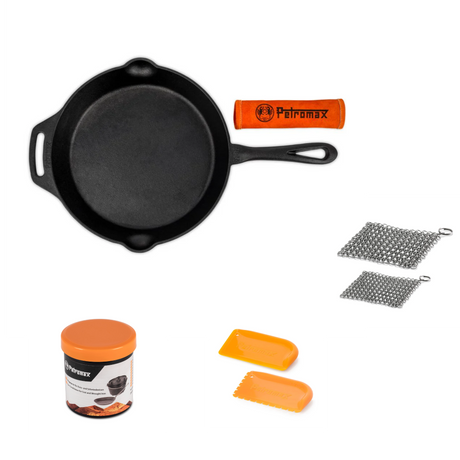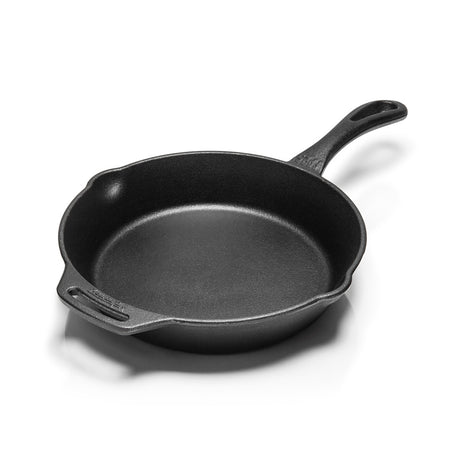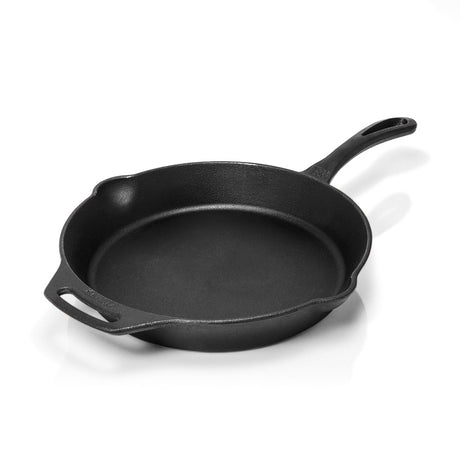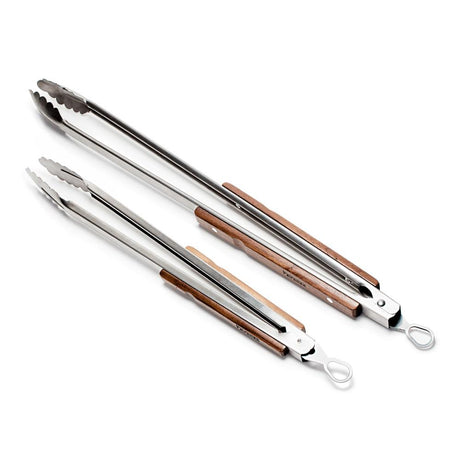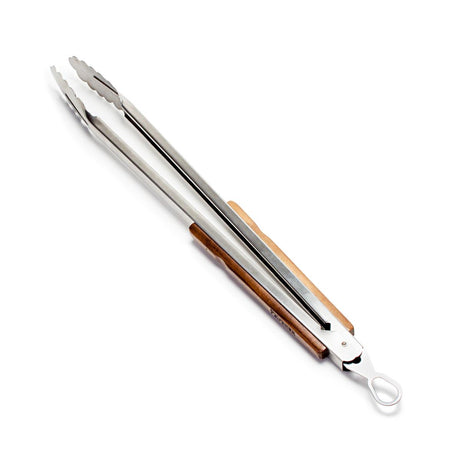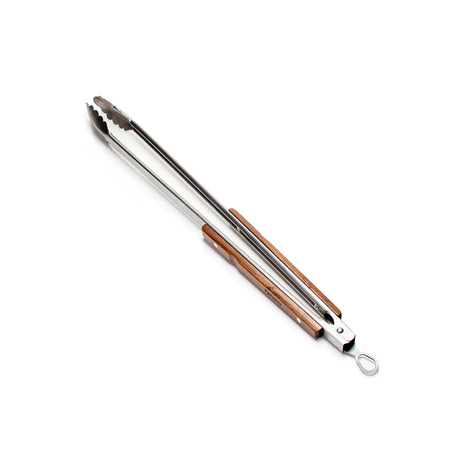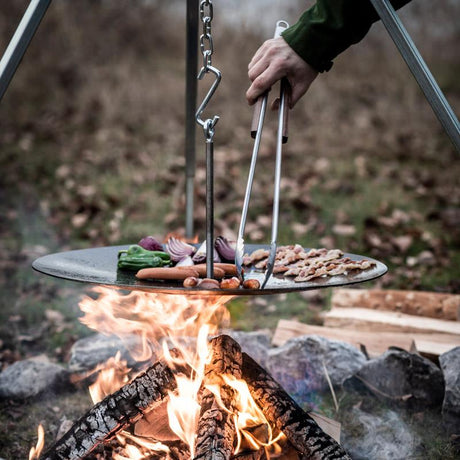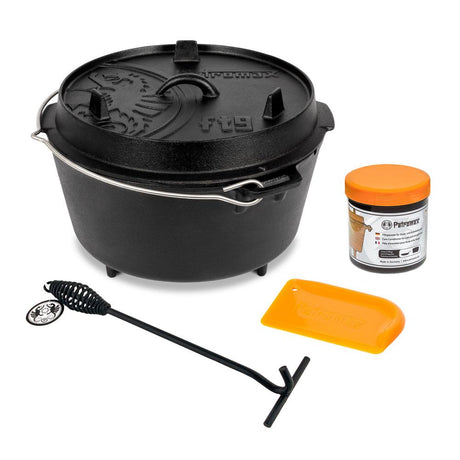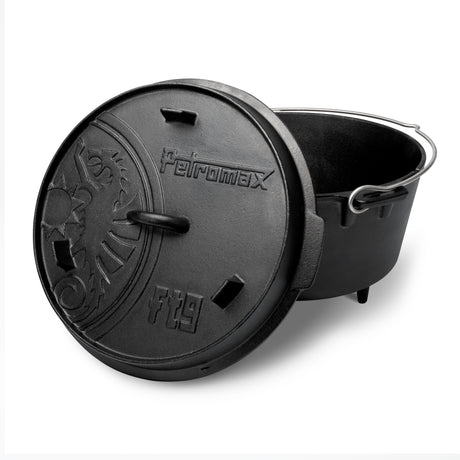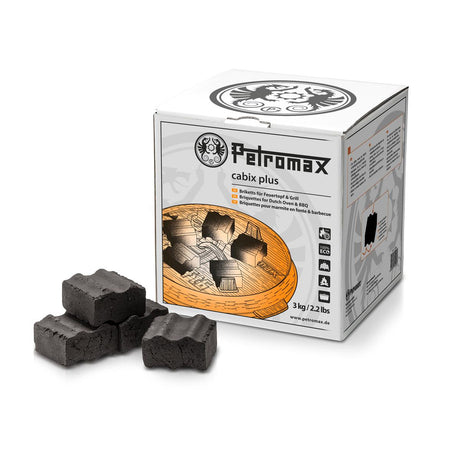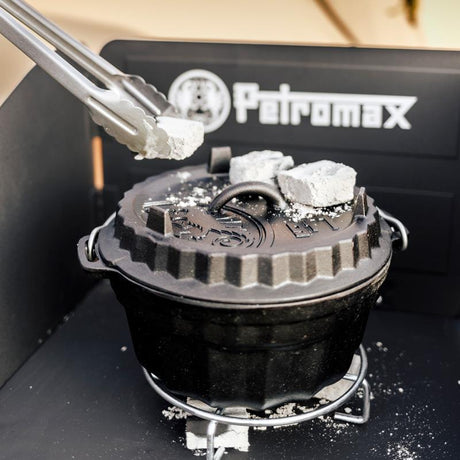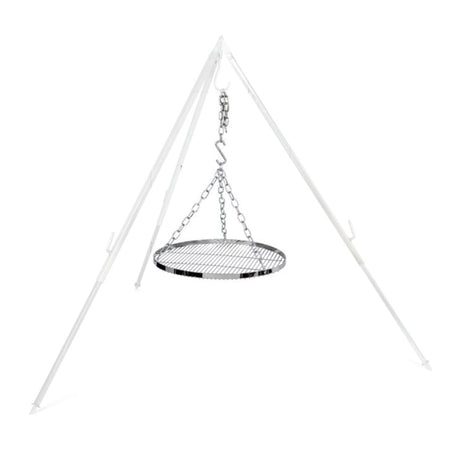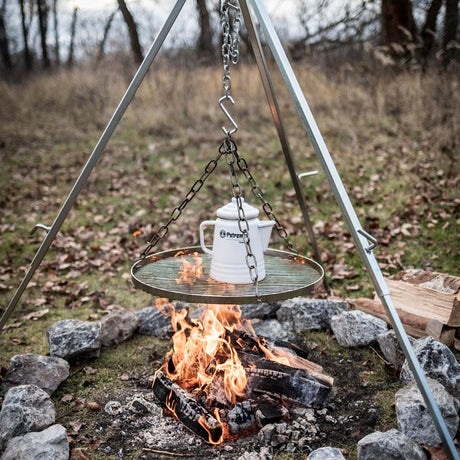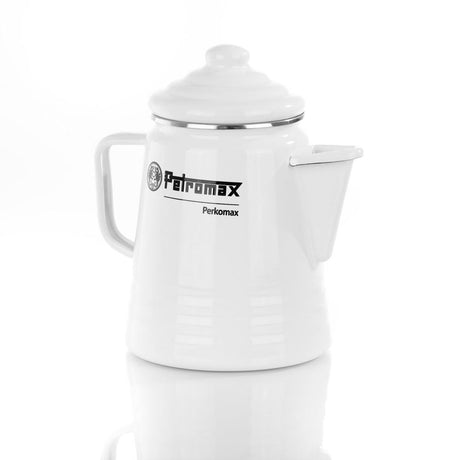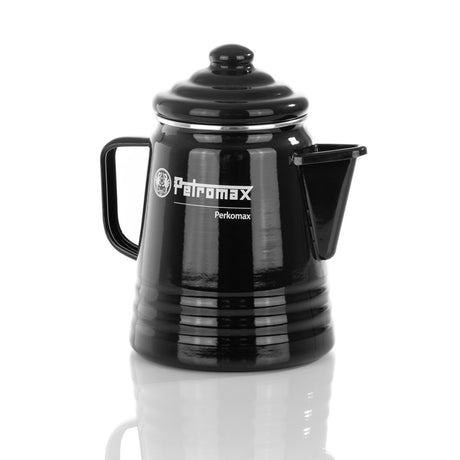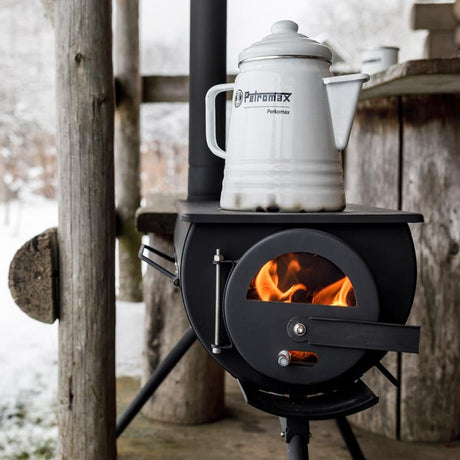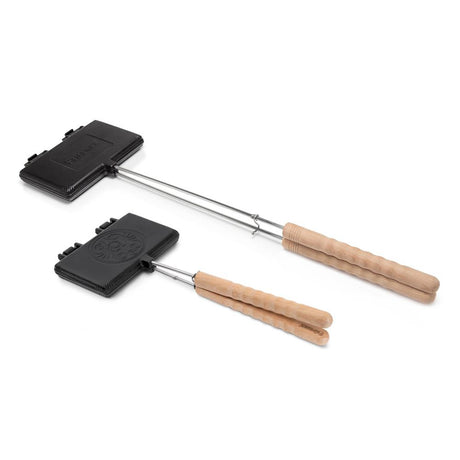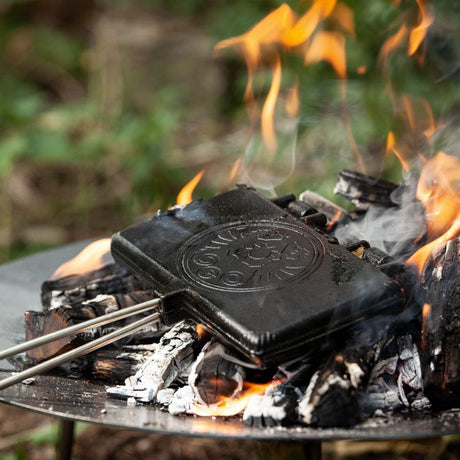Whether it's summer camping by the lake, a winter bivouac in the mountains or a trekking tour across the fells - without the right sleeping bag, things can quickly get uncomfortable. Freezing at night can not only deprive you of sleep, but also ruin the whole tour. At the same time, a sleeping bag that is too warm or has an unsuitable cut is just as little fun.
In this guide, you will find out how to find the right sleeping bag, which models are available, how to correctly interpret temperature information and what you should look out for when buying. You'll also get tips on care and find out which sleeping bag is particularly suitable for bivouacking or trekking.
Table of contents
Why is it so important to choose the right sleeping bag?
What types of sleeping bag are there and how do you find the right model?
How do you understand temperature information and find the right temperature range?
What size and fit should you look for in a sleeping bag?
What to look for when buying: pack size, weight and other criteria?
How do you store and care for your sleeping bag properly?
Which sleeping bag do you need for bivouacking and trekking?
Summary
Why is the right choice of sleeping bag so important?
A sleeping bag is not just a "blanket with a zipper". Imagine lying in your tent after a strenuous day of hiking and simply not being able to fall asleep because you are constantly cold. Or worse still - you're sweating through the night because your sleeping bag is far too warm. This is precisely why the right choice of sleeping bag is so crucial to the success of your outdoor adventures.
A suitable sleeping bag not only ensures a restful night's sleep outdoors, it can literally be a lifesaver. In extreme weather conditions, it protects you from hypothermia and keeps your body temperature constant. The quality of your sleep has a direct impact on your performance the next day - and the safety of your entire tour often depends on it.
The different areas of use for camping and hiking place different demands on your sleeping bag. While you have different priorities when camping with your family in summer, you need a completely different model for a multi-day high-altitude tour or winter camping.
So what should you look for in terms of quality? High-quality sleeping bags are characterized by durable materials, well thought-out details and reliable insulation performance. A good sleeping bag is an investment that will accompany you for many years - provided you choose the right model for your needs.
What types of sleeping bag are there and how do you find the right model?
There is no one perfect sleeping bag - just the perfect model for your requirements. The world of sleeping bags is more diverse than you might think. Each model has its own specific properties and areas of use. Let's take a closer look at the most important types:
Down sleeping bags are the premier class of sleeping bags. They offer the best warmth-to-weight ratio and can be packed extremely small. Down is a natural product that provides excellent insulation and is very durable. The disadvantage? Down sleeping bags are more expensive and lose their insulating effect when damp.
Synthetic fiber sleeping bags, on the other hand, are practical all-rounders. They cost less, are easier to care for and insulate even when they get damp. However, they are heavier and have a larger pack size than comparable down sleeping bags.
| Filling material | Warmth/weight | Moisture content | Volume | Sustainability | Sleeping climate | price |
|---|---|---|---|---|---|---|
| Down | ★★★★★ | ★☆☆☆☆ | ★★★★★ | ★★★☆☆ | ★★★★☆ | ★★☆☆☆ |
| Hydrophobic down | ★★★★★ | ★★★☆☆ | ★★★★★ | ★★☆☆☆ | ★★★★☆ | ★☆☆☆☆ |
| Synthetic fiber | ★★☆☆☆ | ★★★★★ | ★★☆☆☆ | ★★★☆☆ | ★★☆☆☆ | ★★★★★ |
| Down + synthetic fiber | ★★★☆☆ | ★★★☆☆ | ★★★☆☆ | ★★★★☆ | ★★★☆☆ | ★★★☆☆ |
| Wool | ★☆☆☆☆ | ★★★☆☆ | ★★☆☆☆ | ★★★★★ | ★★★★★ | ★★☆☆☆ |
Sleeping bag fillings in comparison
Hut sleeping bags are a special category for overnight stays in mountain huts or warm climate zones. They are ultra-light, take up hardly any space and are mainly used for hygiene protection. You should think about this when making your choice: Where and when will I mainly use my sleeping bag?
For occasional campers in summer, an inexpensive synthetic sleeping bag is often sufficient. If you travel regularly or camp in colder temperatures, it is definitely worth investing in a high-quality down sleeping bag.
Tip: If you are often out and about in humid regions, synthetic fiber may be the better choice - even if down is warmer with less weight.
How do you understand temperature information and find the right temperature range?
The temperature information on sleeping bags is probably the most confusing part of buying one. You see numbers like "Comfort temperature: 5°C" or "Limit temperature: -2°C" and ask yourself: What does this actually mean for me?
The good news is that there is a European standard (EN 13537) that standardizes this information. The comfort temperature indicates the outside temperature at which an average woman can still sleep comfortably without freezing. The limit temperature is the lowest temperature at which an average man can just about sleep without freezing.
But beware: these values are only guidelines! Your personal sensitivity to cold plays a huge role. Do you freeze quickly? Then choose a sleeping bag whose comfort temperature is 5-10 degrees above the expected night-time temperature. Are you more robust? Then you can venture closer to the limit temperature.
Practical tips on temperature selection:
- Statistically, women freeze faster than men - choose a warmer sleeping bag
- The cold feels more intense in high humidity
- Tiredness and hunger increase the sensation of cold
- A good sleeping pad is just as important as the sleeping bag
You can also optimize your sleeping bag system with additional heat sources. A high-quality outdoor heat source can make all the difference on particularly cold nights.
Rule of thumb: choose your sleeping bag so that its comfort temperature is around 5 degrees below the coldest expected night-time temperature. This way you are on the safe side and will still sleep warm even on unexpectedly cold nights.
What size and fit should you look for in a sleeping bag?
The right size of sleeping bag is more important than many people think. A sleeping bag that is too large gives away warmth because your body has to heat up an unnecessarily large volume of air. A sleeping bag that is too small compresses the insulation and is simply uncomfortable.
How to find the right size: Most manufacturers offer different lengths - often regular (up to 185 cm tall) and long (up to 200 cm). Measure your height and add about 20-30 cm. This should be the minimum length of your sleeping bag.
The width depends on the cut. Mummy sleeping bags are cut close to the body and offer the best warmth. Blanket sleeping bags give you more freedom of movement, but are less efficient in terms of thermal insulation.
Important features for an optimal fit:
- Hood: You lose up to 40% of your body heat through your head - a well-fitting hood is therefore essential
- Thermal collar: This fabric barrier at the neck prevents warm air from escaping
- Foot box: Sufficient space for your feet prevents pressure points and a cold feeling
The right sleeping bag should make you feel comfortable without leaving too much space. You should be able to turn around easily, but the sleeping bag should still fit close to your body.
What to look out for when buying: pack size, weight and other criteria?
When buying a sleeping bag, it's not just about temperature and filling. Here are the most important criteria that you should definitely consider:
Pack size and weight If you have to transport your sleeping bag in your rucksack, pack size and weight are crucial. A good down sleeping bag can often be compressed to the size of a 1.5 liter bottle and weighs less than 1000 grams. Synthetic fiber sleeping bags are larger and heavier, but often cheaper.
Quality features you should look out for:
- Zippers: YKK zippers are considered particularly robust and durable
- Seams: All seams should be neatly finished and sealed
- Outer material: Should be windproof and water-repellent
- Inner material: Comfortable against the skin and moisture-regulating
Additional functions Modern sleeping bags often offer clever extras. Some have an integrated pillow, others can be combined in pairs. Particularly practical: sleeping bags with the ability to absorb and release moisture.
Value for money A good sleeping bag doesn't have to be the most expensive model. Think carefully about what you need it for. For occasional summer camping, a model costing around 100-150 euros is often sufficient. For demanding tours or winter camping, you should expect to pay 300-500 euros.
How do you store and care for your sleeping bag properly?
Proper care determines how long your sleeping bag will serve you faithfully. Here are the most important rules for maximum durability:
Storage: Are you storing your sleeping bag correctly? Never put it in a compression bag! This will permanently damage the down or synthetic fibers. Instead, store it loosely in a large storage bag or hanging in the wardrobe.
Cleaning:
- Down sleeping bags: only machine wash at 30°C with special down detergent if necessary
- Synthetic fiber sleeping bags: Can be washed more often, can also withstand normal detergents
- When washing: Always put tennis balls in the dryer - they loosen up the filling
Common care mistakes:
- Washing sleeping bags too often (only necessary if heavily soiled)
- Using the wrong detergent (especially critical for down)
- Washing or drying too hot
- Store sleeping bag permanently compressed
Tips for seasonal storage: Before storing your sleeping bag, you should air it thoroughly and wash it if necessary. Store it in a dry, cool place. A lavender sachet repels moths and provides a fresh scent.
Which sleeping bag do you need for bivouacking and trekking?
Bivouacking and trekking place special demands on your sleeping bag. Every gram counts and robustness is at least as important as comfort.
Special requirements for bivouacking: When bivouacking, you often spend the night directly under the open sky without a tent. Your sleeping bag therefore needs to be particularly water-repellent and windproof. An integrated bivouac sack or a particularly robust outer shell are worth their weight in gold here.
Selection criteria for multi-day trekking tours:
- Weight: Under 1000 grams for three-season sleeping bags
- Pack size: Should fit in any trekking backpack
- Compressibility: Must pack down very small
- Temperature range: Plan for the coldest expected night
For optimal equipment, take a look at our trekking packing list.
Weight and pack size optimization: Every gram saved is valuable on longer tours. High-quality down sleeping bags with 800+ cuin fill power offer the best warmth-to-weight ratio. Also consider whether you really need a sleeping bag for extreme cold or whether a lighter model with additional clothing will suffice.
Robustness and weather resistance: When trekking, your sleeping bag is often exposed to harsh conditions. Look out for:
- Reinforced areas on the feet and zipper
- Waterproof zippers
- Robust outer material
- High-quality seams
Key points to summarize
Temperature range: Choose your sleeping bag based on the expected outside temperatures and your personal sensitivity to cold. The comfort temperature should be about 5 degrees below the coldest expected night temperature.
Fill material: Down offers the best warmth-to-weight ratio and packs down small - perfect for demanding tours. Synthetic fiber is easier to care for, cheaper and insulates even when damp.
Size and fit: Your sleeping bag should be snug enough for optimum warmth but comfortable enough for a good night's sleep. A well-fitting hood and a warm collar are essential.
Pack size and weight: Depending on the intended use, these factors should be included in your purchase decision. Lightweight, compressible models are ideal for trekking tours.
Quality features: High-quality workmanship, robust zippers and well thought-out details significantly increase comfort and durability. Invest in quality - it pays off in the long term.
Care and storage: Proper care significantly extends the service life and maintains the insulation performance. Never store your sleeping bag permanently compressed.
Area of use: Consider the specific requirements of your outdoor activities when making your choice. A summer camping sleeping bag is not suitable for winter tours.
With these tips, you are guaranteed to find the right sleeping bag for your next tour. Don't forget: the best sleeping bag is the one that suits your individual needs and budget. Don't be blinded by marketing promises, but think carefully about what you will mainly be using your sleeping bag for.






